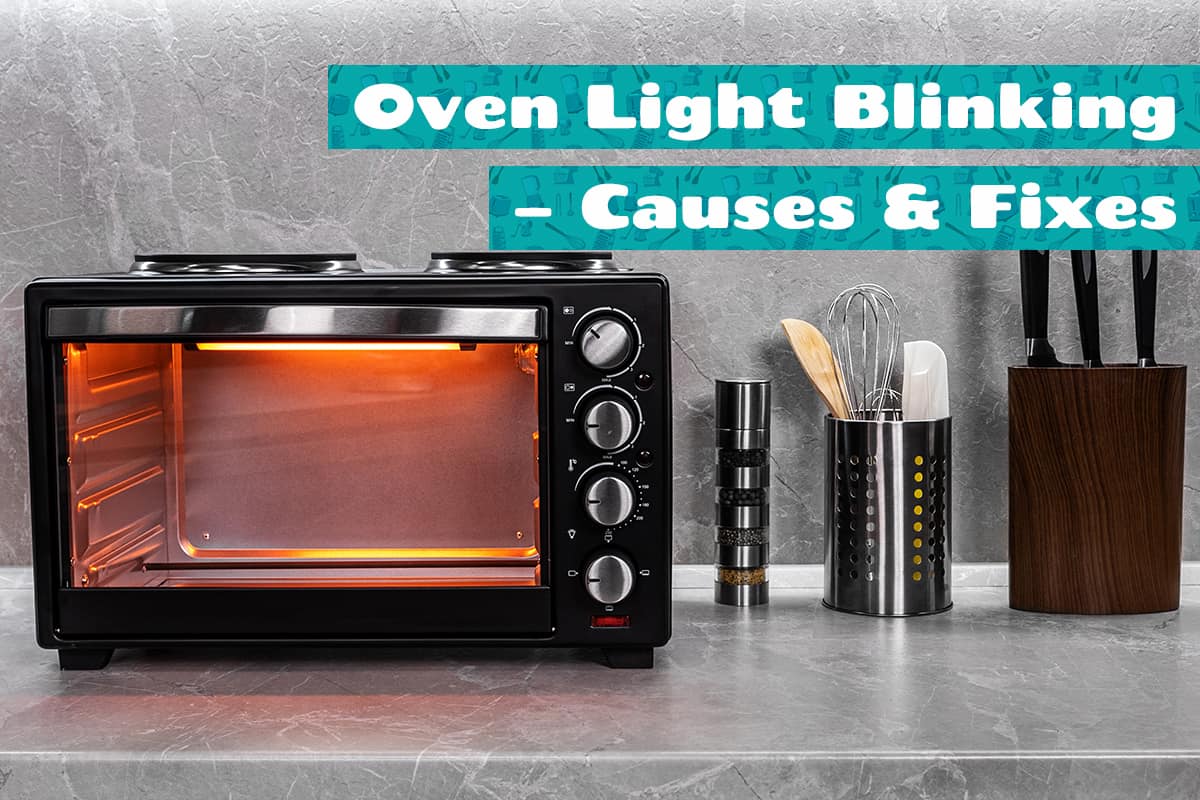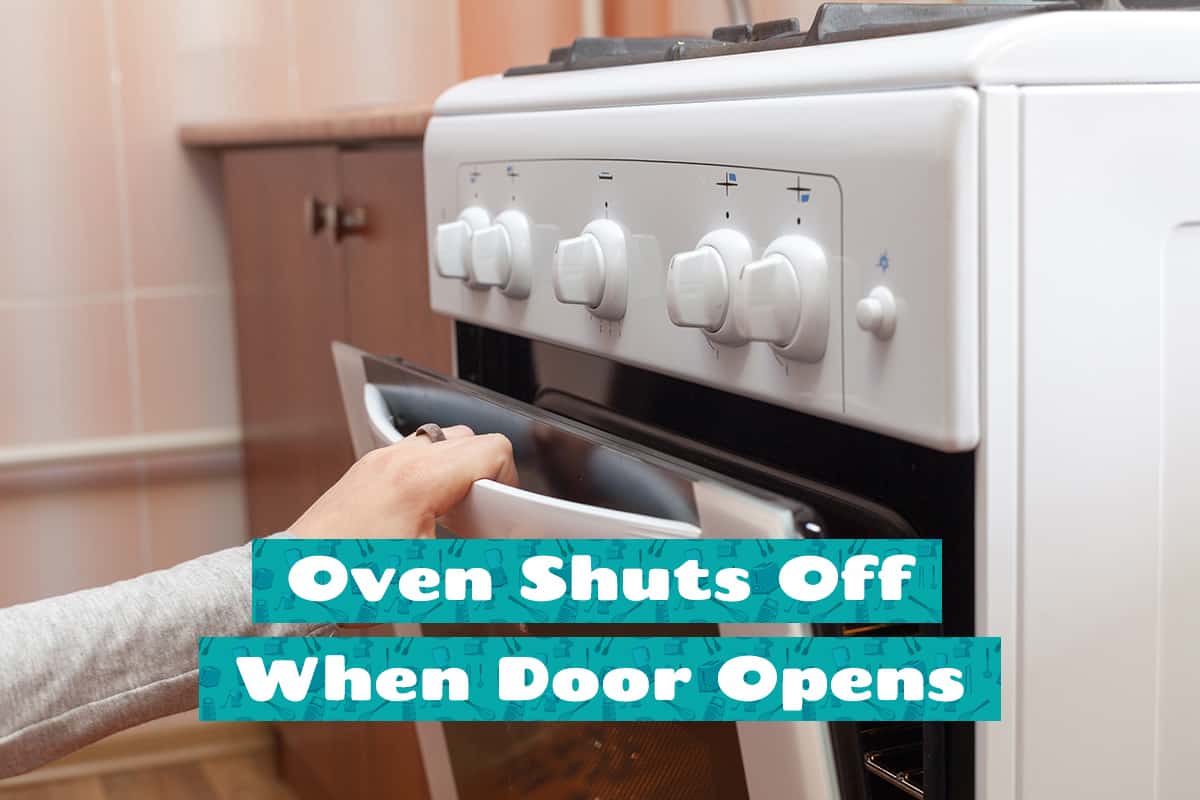I get it—preparing a 4-course meal for a dinner party can be hectic. That’s why it’s a good idea to pre-make many of the dishes at least 24 hours before the big day and bake it only hours before serving. So, does that mean it’s okay to bake a cold dish in an oven?
Yes, it’s possible to bake cold food in an oven, but it’s not recommended. Introducing cold bakeware into a hot oven can lead to thermal shock, which can cause the baking dish to crack in the oven. Instead, allow your cold dish to rise up to room temperature before moving it to the oven.
In this guide, I’ll explain in greater detail why it’s unwise to place a cold dish in the oven. I’ll also explain how thermal shock can affect different bakeware materials, as well as offer a few tips on making dishes ahead of time.
Can You Put a Cold Dish in the Oven?
One of the most surprising things I learned from first-hand experience is that it’s possible to throw cold dishes in a hot oven. This guide is all about why you shouldn’t do this, but I’ll share my experience on what you can do to get the best out of a tricky situation.
So, if you’re in a pinch and need to bake a cold dish right now, here’s what you do.
- Preheat the oven to 170°F to reheat or to 375°F to bake.
- When the surface of the dish looks close to fully cooked, remove the dish from the oven.
- Drape the dish in an aluminum foil tent, making sure the foil doesn’t touch the surface of the food.
- Re-insert the dish into the oven to finish cooking. If you’re baking uncooked food, drop the temperature to around 275°F.
- Allow the food to cook completely before removing it from the oven.
Just in case you’re wondering, the aluminum foil tent is there to prevent the oven’s heat from directly heating the surface of the food. The exterior will cook more quickly than the interior will, and we’re trying to retain as much moisture and heat inside the dish as possible without overcooking the outside.
Now, should you do this? Not if you can help it. The most embarrassing thing to happen is serving a casserole that looks perfectly cooked on the outside but still has chunks of ice in the center.
Why Shouldn’t You Put a Cold Dish in the Oven?

I wholeheartedly agree that hosting a dinner party can be stressful. While it might seem like a good idea to throw everything in the oven, including cold dishes, and hope for the best, you might not get the exact results you were hoping for.
There are two reasons why you shouldn’t put cold dishes in the oven.
Undercooked food
If you want to bake stone-cold raw food in the oven, you’re going to have a terrible time. Ovens cook food’s exterior before the heat has time to break past the surface. Since the interior of your food is cold, it will take considerably longer for the oven to finish baking the dish. What you’ll end up with is a dish that may appear perfectly cooked on the outside (texture is another issue) but completely raw in the center.
But what about pre-cooked foods, you ask? Well, the answer is pretty much the same. The exterior may look like a dish from a cookbook, but the inside might still be cold and even have ice crystals spread throughout. When you slice into the casserole, you’ll hear an unsatisfying crunch as you pull a piece out to serve to your guest.
Broken bakeware
Thermal shock, a.k.a. thermal stress, is the condition in which bakeware is exposed from one extreme temperature to another—i.e., from the freezer to a preheated oven or vice versa. Pyrex and other bakeware materials are tempered to prevent them from shattering due to thermal shock, but not all bakeware has the same anti-shattering properties.
In extreme cases, glass bakeware will break after a few minutes in the oven. Have you tried to eat around shards of glass? I don’t recommend it.
How Does Thermal Shock Affect Other Bakeware Materials?

Luckily, tempered glass isn’t your only option. You have your pick of bakeware materials, from stone to ceramic to metal. Below, I’ll describe how thermal shock affects them all. Spoiler alert: thermal shock affects them all negatively.
Stone
Stone bakeware is incredibly durable. You can drop it on the floor and only have to pay to repair your kitchen floor tiles, not to replace the stone baking dish. However, the stone is just as susceptible to thermal shock as glassware. It might not shatter into a million pieces, but it can crack into 2 or 3 pieces. So, you should allow stone bakeware to come up to room temperature before trying to bake it in the oven.
Ceramic
You might think ceramic is built to withstand thermal shock since it spent nearly an entire day in a super-heated kiln before making it to a retailer. Sadly, the opposite is true. Ceramic can crack under thermal shock just like stone and untampered glass. Since ceramic is an excellent conductor, it takes much longer to come up or down to room temperature.
Metal
The great thing about metal bakeware is that it doesn’t break under pressure. You can even transfer it from extremely cold to extremely hot environments and vice versa without seeing the slightest crack develop. However, as durable as it is, thermal shock can cause metal (aluminum, stainless steel, brass) bakeware to warp in shape. So, the next time you try to bake with the metal dish, it might not sit flat on your oven rack.
Cast iron
While technically a metal, cast-iron bakeware is affected differently by rapid cooling and heating. It won’t warp in shape, but it is susceptible to cracking. Not only that, but you might actually ruin the seasoning on the cast-iron bakeware, forcing you to reheat, re-oil, and re-heat the dish all over again.
Tips for Pre-Cooking and Reheating Premade Dishes
Below, I’ll offer a few tips on how to handle dishes made ahead of time. These tips should help you get rid of some of the stress associated with hosting a large dinner party.
- Allow the food to come to room temp before freezing or baking. I’ve said it once and I’ll say it again—you don’t want to introduce one extreme to the other. Instead, take your food out of the fridge or freezer, let it defrost and come up to room temperature, then throw it in the oven.
- Place pre-prepared dishes in airtight containers. The worst thing that can happen to you is ice crystals forming inside your dish. To prevent them from forming, place your dishes in an airtight container before tossing them in the freezer. Doing this will significantly reduce their defrost time, allowing you to bake them in the oven sooner.
- Warm dishes in the oven. Instead of tossing everything in the fridge on the day of your party and worrying about reheating them later, place whatever you can in a preheated oven. Set the oven to 150° and place pre-made dishes in there. Remove them when you need to bake anything else.
- Defrost in a microwave or oven. If you don’t have enough time to let whole turkeys, chickens, or steaks thaw, throw them in the microwave or oven set to 150°F. Microwaves and ovens defrost protein a lot more quickly than leaving them at room temperature. However, you should try and limit the food’s exposure to the danger zone (40 to 140°F) to prevent bacteria from taking over. If the food has been in the oven for over 1 hour at 150°F, take it out and prepare it for its final bake at 350°F-plus.






